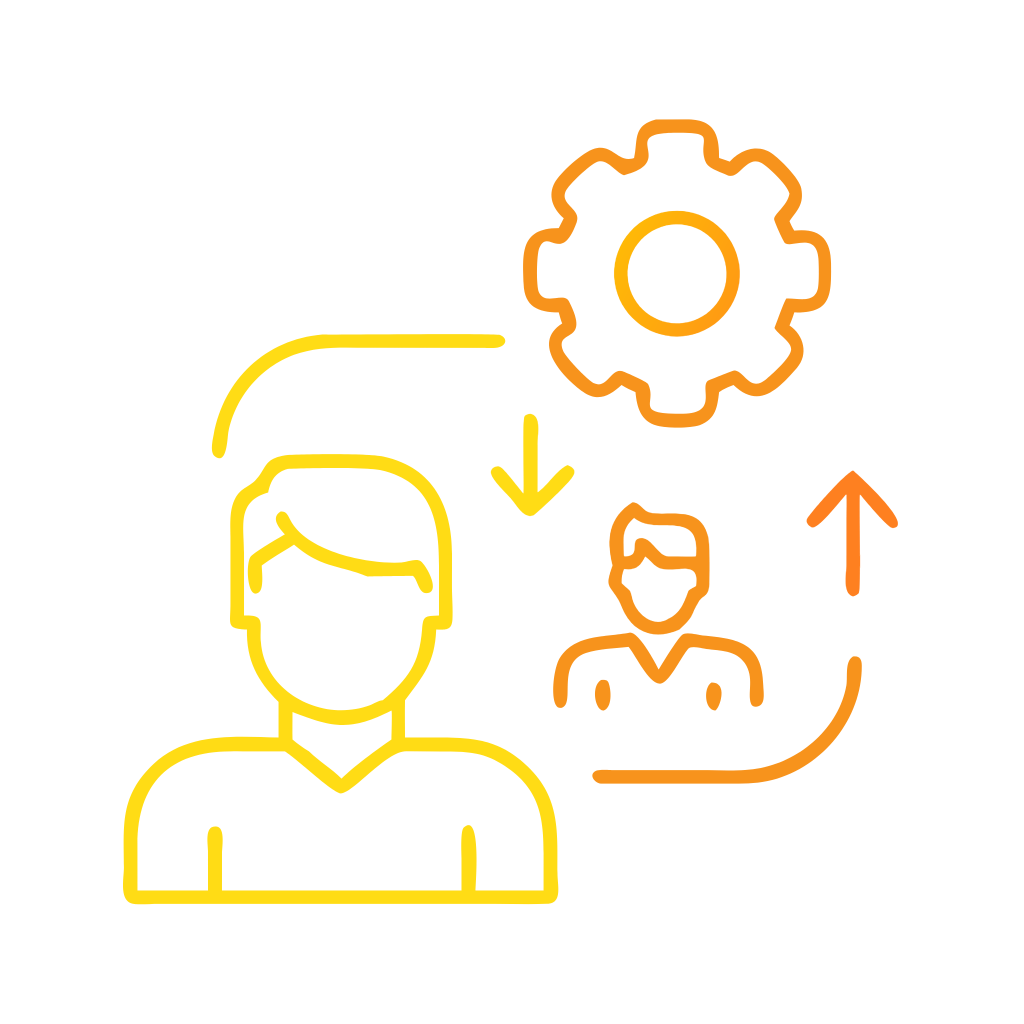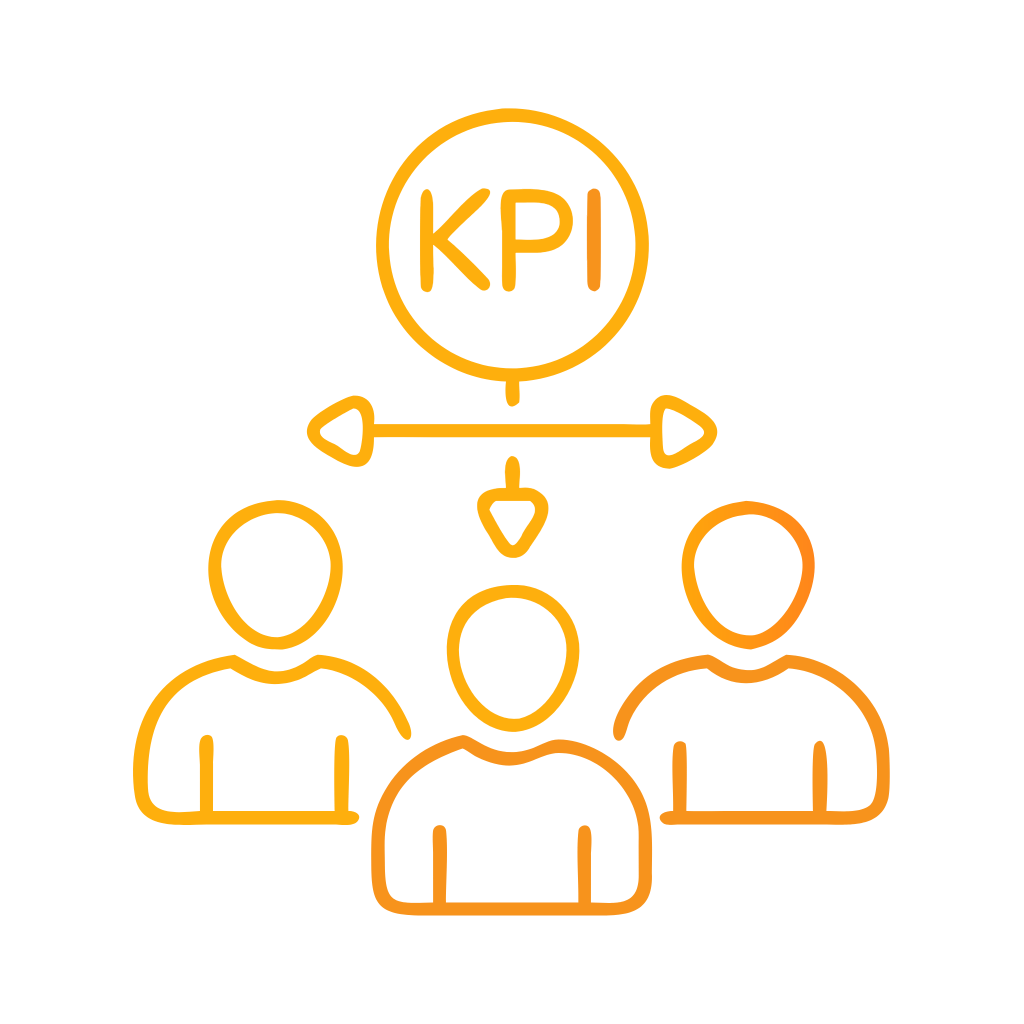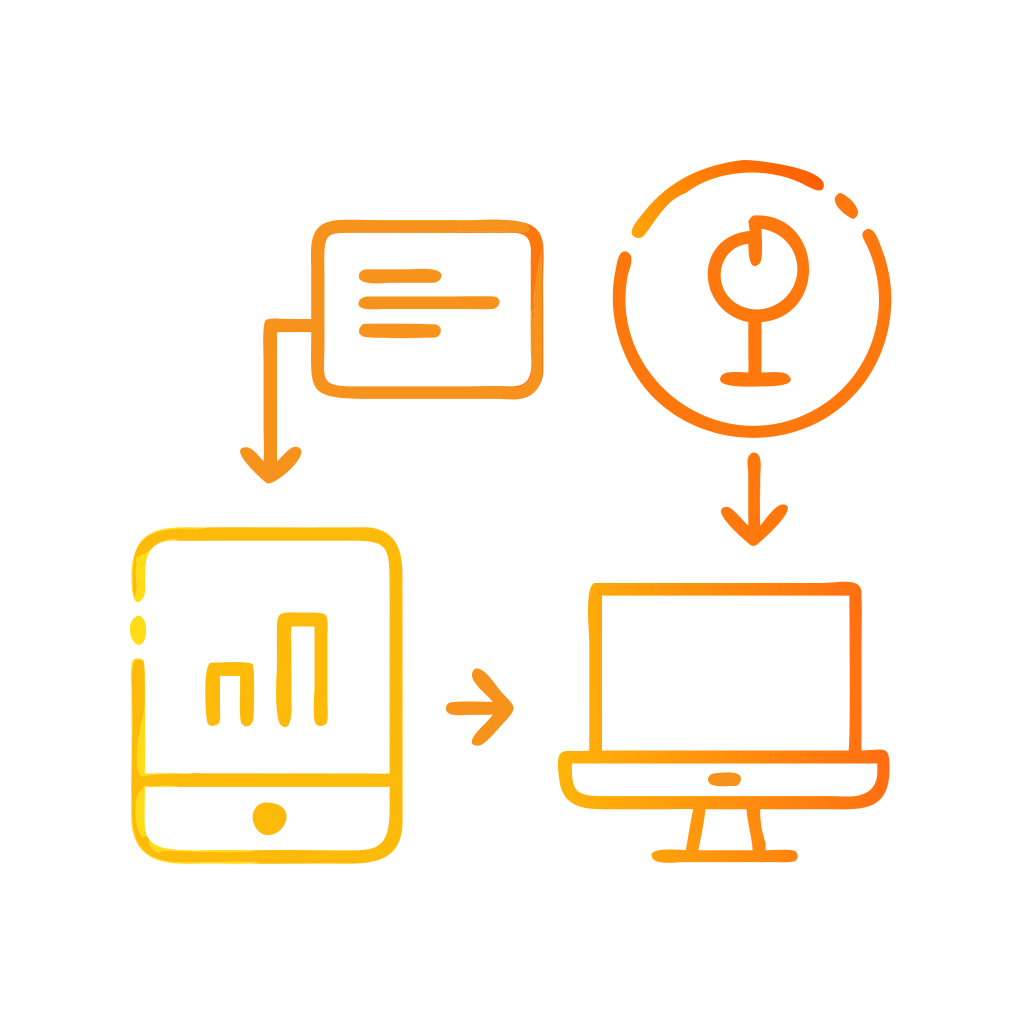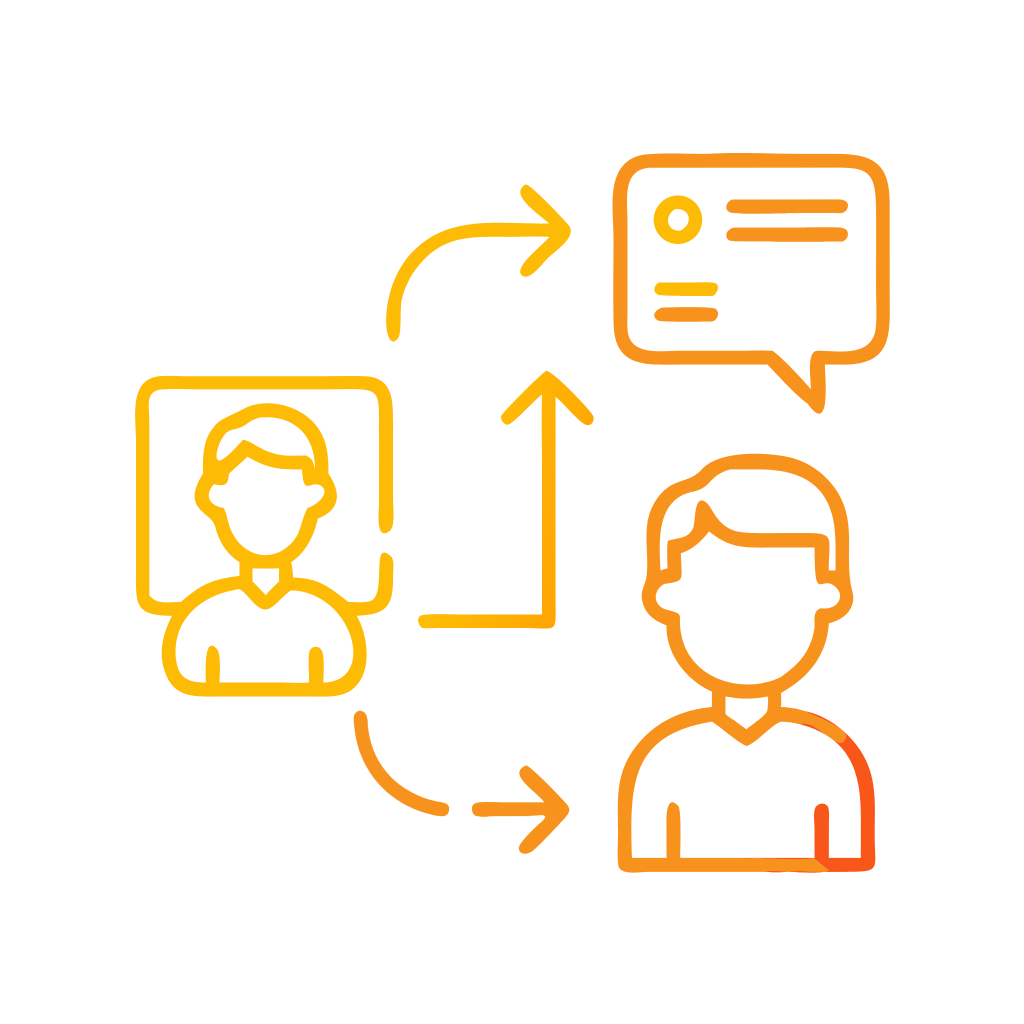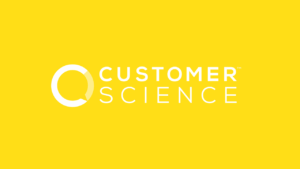Why do context-aware offers matter to enterprise CX leaders?
Executives face an engagement paradox. Brands must increase relevance while reducing intrusion. Customers expect tailored service and value. Teams must deliver personalization that improves outcomes without overstepping privacy or wasting spend. Research shows that effective personalization can lift revenue by 10 to 15 percent in many contexts, with company-specific results ranging from 5 to 25 percent.¹ Companies that grow faster derive a larger share of revenue from personalization and often capture acquisition and ROI gains.² These results happen when organizations ground offers in context. Context means the combination of who the customer is, what they are trying to do now, what just happened, and what constraints and policies apply. Context-aware offers respect consent, use first-party data, and choose the next best action with discipline. This playbook translates that into steps you can execute.¹ ²
What is a context-aware offer, exactly?
Context-aware offers are propositions or actions that adapt to a customer’s real-time situation. A proposition can be a discount, a service fix, a proactive credit, an information message, or a channel handoff. A context-aware offer uses identity resolution to anchor consented first-party data, evaluates eligibility and risk, scores potential actions for predicted incremental impact, and then executes with controlled experiments. In regulated markets, context-aware systems must also comply with privacy law, which treats personal data as a protected right and imposes clear duties for processing.³ In California, consumers have explicit rights to know, delete, correct, and limit use, with opt-out controls for sale or sharing.⁴ In Australia, the Privacy Act and its Australian Privacy Principles set requirements for collection, use, and disclosure across APP entities.⁵ The definition anchors the mechanisms that follow.³ ⁴ ⁵
Where should enterprises start the work?
Leaders should start with a narrow, high-volume journey where relevance and timing obviously matter. Typical entry points include failed payment recovery, service outage communications, upgrade offers after a support interaction, and proactive retention messages. Choose one use case with measurable outcomes and clear customer benefit. Then build a minimal viable decision loop for that use case. Use a single consented identity and two or three high-signal behavioral events. Use a transparent eligibility policy and a small library of messages or actions. Add measurement from day one. This approach creates an asset you can scale across journeys with consistent identity, governance, and experimental discipline.
How does identity and data foundation enable context?
Identity links records from channels and systems to a durable, consented profile. First-party data is information a company collects directly from customers through its own channels and interactions. It is generally the most reliable basis for personalization when governed well.⁷ ¹² A robust foundation captures event-level behavior, applies schemas, and enriches data into modeled features for decisioning. Contemporary customer data infrastructure explains how event tracking, data structures, and behavioral products turn raw events into governed, reusable building blocks for offers.¹² This unit includes identity stitching, sessionization, channel attribution, and consent flags so that decisioning can respect preferences and policies at run time. The foundation does not chase every datum. It curates the few signals that most improve relevance and customer outcomes.¹²
What changes with cookies, consent, and addressability?
Cross-site tracking has been constrained, and timelines for Chrome’s third-party cookies have shifted. Google advises advertisers to prepare for reduced reliance on third-party cookies and to adopt privacy-preserving alternatives and first-party strategies.⁸ ⁹ Regardless of timing, enterprises should act as if cross-site identifiers are unstable. Teams should prioritize first-party signals, server-side collection, and consented IDs. Industry guidance on measurement in retail media and privacy-aware addressability reinforces the need to disclose methods, document data gaps, and integrate first-party and permitted third-party sources with transparency.¹⁰ This posture builds resilience as the ecosystem evolves.⁸ ⁹ ¹⁰
How do we select the “next best action” in real time?
Real-time next-best-action orchestrates offers and service moves across channels using rules and AI to maximize relevance for each individual and moment.⁷ This structure evaluates context features, filters for eligibility and policy, predicts incremental outcomes, and then ranks actions by value and constraints. A practical pattern uses a policy layer for hard rules, a propensity or uplift layer for predicted causal impact, a value layer that encodes economics and risk, and a fairness and fatigue layer that controls frequency and sensitive inferences. Decisioning runs synchronously within milliseconds for interactive channels and asynchronously for batch communications, with audit trails to explain choices.⁷ This unit aligns marketing, service, and risk so that the same brain drives all customer actions.⁷
What models power truly context-aware offers?
Teams should prefer causal and incremental models over raw response models. Uplift models estimate the treatment effect of an offer, not just the likelihood of response. The true lift modeling literature shows how to identify customers who change behavior because of a treatment, which prevents waste and reduces offer cannibalization.⁶ In streaming contexts, contextual bandits balance exploration and exploitation to adaptively select offers based on observed rewards under uncertainty. Recent applied research demonstrates that contextual bandit policies can improve conversion efficiency compared with static strategies, especially when feedback is rapid.¹¹ Use uplift for campaigns with clear control groups and longer outcomes. Use bandits for high-traffic surfaces where immediate feedback supports online learning.⁶ ¹¹
How do we govern privacy, fairness, and safety?
Executives must institutionalize guardrails. Privacy laws require lawful basis, purpose limitation, data minimization, and rights management.³ ⁴ ⁵ Governance converts those principles into operating controls. These include consent capture and propagation, sensitive attribute handling, and purpose binding at the data product and model feature level. Decision policies should block actions that rely on prohibited inferences or that could create discriminatory outcomes. Documentation should record eligibility logic, model inputs, decision explanations, and appeal paths. Measurement should include customer outcomes such as complaints, unsubscribes, and service credits, not only clicks and revenue. Industry guidelines for measurement urge transparency about data completeness and integration methods to maintain trust.¹⁰
How should we measure impact without over-attribution?
Leaders measure incrementality. Uplift experiments allocate individuals to treatment and control to estimate causal impact of offers.⁶ When experiments are not feasible, use proxy designs such as staggered rollouts, geo-experiments, or synthetic control. Track multiple horizons. Near-term metrics include acceptance, self-service completion, and deflection. Mid-term metrics include retention, ARPU, and reduced failure demand. Long-term metrics include loyalty and cost to serve. The analytics view should attribute wins only when the offer caused the outcome. In digital marketplaces, recent IAB materials emphasize documenting data gaps, integrating multiple data sources, and being explicit about the limits of inference so stakeholders understand confidence levels.¹⁰ This makes performance claims credible and repeatable.¹⁰
How do we design the operating model and workflow?
The operating model matters as much as the models. A cross-functional decisioning guild should own the action library, eligibility policies, experimental design, and performance dashboards. Product managers define customer problems and acceptance criteria. Data and decision scientists design features and uplift policies. Engineers build the event pipeline and decision APIs. CX and service leaders curate messages, offers, and remedies. Risk and legal teams define prohibited inferences and appeal processes. A weekly cadence reviews experiment results, calibrates fatigue settings, and retires underperforming actions. A monthly governance forum approves new sensitive features, audits explanations, and checks compliance with regional privacy rules. This structure puts accountability around the brain that powers context-aware offers.
Which blueprint should we implement first?
Start with a single journey blueprint that proves the pattern.
Collect. Capture consent and first-party events for the journey, using governed schemas and server-side collection where feasible.¹²
Resolve. Stitch identity across the relevant channels, including service and sales, and tag purpose and consent.
Decide. Implement a small decision service with policy rules, a baseline propensity or uplift model, and ranker logic.⁶
Experiment. Run A/B or multi-armed bandit policies to learn which action works for whom and when.¹¹
Measure. Report incremental outcomes with documented data completeness and integration notes.¹⁰
Scale. Add actions, channels, and segments. Reuse the decision brain across marketing and service.⁷
This blueprint compresses time to value and creates a reusable capability you can apply across the enterprise.
What risks should executives anticipate?
Common risks include over-targeting, leakage of sensitive inferences, fatigue, and channel conflicts. Teams also face model drift and false uplift when control groups are contaminated. Legal exposure grows when offer logic is opaque and when customers cannot access or correct their data. Privacy frameworks in the EU, California, and Australia set expectations for control, transparency, and redress, which apply directly to personalization systems.³ ⁴ ⁵ Leaders should invest in explainability. Offer decisions should be reconstructable, with inputs, policies, and outputs logged for each action. This discipline reduces disputes and supports continuous improvement. It also helps organizations respond as browser and platform rules evolve, since reliance on fragile identifiers weakens resilience.⁸ ⁹
How do we translate this into impact this quarter?
Focus on a service-linked offer where both the customer and the company benefit. Example patterns include a proactive fee waiver that prevents churn after a service fault, a guided self-service journey that replaces a branch visit, or a plan right-sizing offer after a usage spike. Implement the six-step blueprint, use uplift or bandits to allocate offers, and report incrementality and NPS alongside operational KPIs. Persuade with outcomes, not volume. The goal is to show that context-aware offers lower cost to serve, increase retention, and reduce complaint volume while honoring privacy expectations. When the system selects the right action for the moment, customers feel supported and the business compounds learning.¹ ² ⁶ ¹¹
FAQ
What is a context-aware offer in customer experience?
A context-aware offer is a tailored action or proposition that adapts to a customer’s real-time situation using consented identity, first-party behavioral data, eligibility policies, and predictive models to choose the next best action. It must comply with privacy rules, including lawful basis and rights management.³ ⁴ ⁵
How do next-best-action systems make real-time decisions?
They evaluate context features, filter for eligibility and policy, estimate incremental impact with uplift or propensity models, apply value and risk constraints, then select and deliver the highest-ranked action across channels, with audit trails for transparency.⁷ ⁶
Which models should we use for context-aware offers?
Use uplift models to estimate treatment effect and avoid cannibalization in campaign settings, and contextual bandits to balance learning and earning on high-traffic interactive surfaces.⁶ ¹¹
Why should we prioritize first-party data over third-party cookies?
First-party data collected directly from your channels is more reliable, controllable, and resilient. Browser policies and ecosystem shifts continue to reduce reliance on third-party cookies, so organizations should prepare with privacy-preserving and first-party strategies.¹² ⁸ ⁹
What measurement discipline proves business impact?
Measure incrementality through controlled experiments or credible quasi-experiments, report near-, mid-, and long-horizon outcomes, and document data completeness and integration methods for transparency and trust.⁶ ¹⁰
Which privacy frameworks shape context-aware offers in key regions?
The EU’s GDPR establishes personal data as a protected right with strict processing rules, California’s CCPA and CPRA grant consumer rights such as access, deletion, and opt-out, and Australia’s Privacy Act sets the Australian Privacy Principles for APP entities.³ ⁴ ⁵
Which first use case delivers fast, provable value?
Pick a high-volume service journey with clear mutual benefit, such as proactive retention after a fault or guided self-service after a support interaction. Build a minimal decision loop with identity, eligibility, and uplift or bandit testing, and report incremental outcomes.⁶ ¹¹
Sources
The value of getting personalization right—or wrong—is multiplying, McKinsey & Company, 2021, Article. https://www.mckinsey.com/capabilities/growth-marketing-and-sales/our-insights/the-value-of-getting-personalization-right-or-wrong-is-multiplying
What is personalization?, McKinsey & Company, 2023, Explainer. https://www.mckinsey.com/featured-insights/mckinsey-explainers/what-is-personalization
Data protection in the EU, European Commission, 2024, Policy portal. https://commission.europa.eu/law/law-topic/data-protection_en
California Consumer Privacy Act (CCPA), California Office of the Attorney General, 2024, Official guidance. https://oag.ca.gov/privacy/ccpa
The Privacy Act, Office of the Australian Information Commissioner, 2024, Official guidance. https://www.oaic.gov.au/privacy/privacy-legislation/the-privacy-act
Lo, V. S. Y., The True Lift Model: A Novel Data Mining Approach to Response Modeling in Database Marketing, 2002, White paper reprint. https://www.researchgate.net/profile/Victor-Lo/publication/220520042_The_True_Lift_Model_-_A_Novel_Data_Mining_Approach_to_Response_Modeling_in_Database_Marketing/links/00463530681bd8f8de000000/The-True-Lift-Model-A-Novel-Data-Mining-Approach-to-Response-Modeling-in-Database-Marketing.pdf
What is Next Best Action? A Complete Guide, Pega, 2023, Product explainer. https://www.pega.com/next-best-action
Frequently asked questions related to third-party cookie deprecation in Chrome, Google Ads Help, 2025, Support article. https://support.google.com/google-ads/answer/14762010
Third-party cookies | Privacy Sandbox, Google, 2025, Developer guidance. https://privacysandbox.google.com/cookies
IAB/MRC Retail Media Measurement Guidelines, IAB + MRC, 2024, Standard. https://www.iab.com/wp-content/uploads/2024/01/IAB_Retail_Media_Measurement_Guidelines_January2024.pdf
Gaul, J. J., Invitation Messages for Business Surveys: A Multi-Armed Bandit Approach, GLO Discussion Paper No. 1540, 2024, Econstor preprint. https://www.econstor.eu/bitstream/10419/307923/1/GLO-DP-1540.pdf
Kotsokalis, C., A Detailed Look at Tracking with Snowplow, Snowplow, 2025, Technical blog. https://snowplow.io/blog/tracking-with-snowplow
